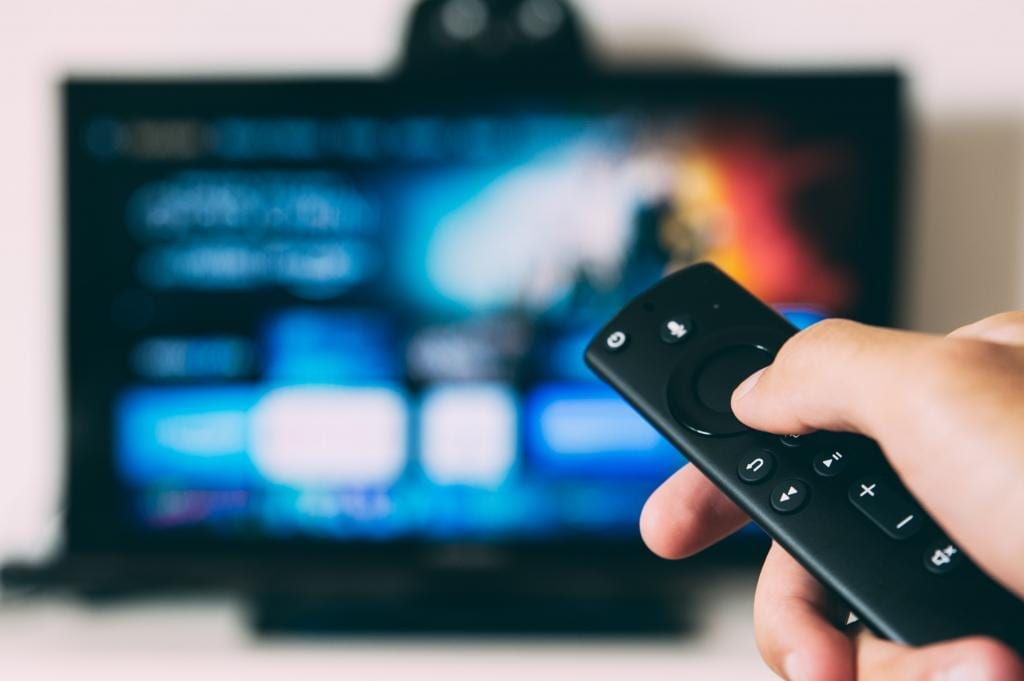This past weekend was a significant landmark for me professionally. My first credited TV movie aired! I was the third writer on a project that was already largely complete when I came into it, but I did enough character and dialogue work to earn a writing credit. During my time with the script, one of the major characters was re-written as a gay man. In the year 2021, this did not seem like a big deal to me. So I was surprised (though I should not have been) by the hateful comments and anger online over this one small bit of representation. This lead me to reflect on the value of representation as a mechanism for equality – and it’s many limitations.

Why Representation Matters
Those of us who work in media take it for granted that representation matters. We live in a diverse world with people of countless creeds, colors, and identities. The art we create should reflect the world as it exists. We simply do not live in a world full of heterosexual white Christian people. Media that consistently presents the world in this way is a lie.
But aside from simple honesty, representation allows people, especially young people, to imagine themselves as the hero of the story. It’s hard to picture yourself as the president, the princess, or the superhero if you’ve never seen anyone like yourself depicted that way. Conversely, it’s hard to imagine anyone not like you in those roles if you’ve only seen someone like yourself in them. One-dimensional stories cement repressive stereotypes in our minds, and these stereotypes have real-world implications for the ways actual human beings are treated.
The Problems with a Representation-Only Approach
For a long time, movies and television have tipped the hat towards the idea of representation without really addressing the underlying problems. This results in tokenism – the practice of inserting minority characters in secondary roles for the purpose of a more diverse picture but not a diverse story. We’re all familiar with the tropes of tokenism: the gay best friend, the funny black lady, the smart Asian sidekick. These roles include minority characters without making the story about them in any way. The white, conventionally attractive, straight people still get to be the heroes and everyone can pat themselves on the back and go home. This solves nothing in terms of how people see themselves and others. Worse, the practice has given those who would prefer to only see straight white people onscreen a handy critique to level against diverse media. “They’re just putting X in there to make a statement. They don’t really care.” The only way to combat this is to start actually caring.
Beyond Representation
More and more, people of color and queer people are being presented as the primary characters in media. This is absolutely a good thing. To the extent that there is pushback against this, it’s mostly from people who have come to expect to see only themselves taking center-stage. They will just have to get used to seeing someone else. It’s really okay.
But even when these characters aren’t taking the lead roles, we can do a better job. This comes in part from hiring more minority writers. I say this knowing that means there are some jobs I would not get. That’s okay. I genuinely believe that a more diverse and rich media landscape is better for everyone in the industry. A scarcity mindset is no way to approach art.
Writers also need to make sure every character has an arc and a meaningful role in the story. This seems so obvious, but it’s honestly revolutionary. The Bechdel Test is a useful, albeit incomplete starting point. Originally designed as a test for women in films, it requires that there be two women with names that talk about something other than a man. I think this test can be modified for situations where minority characters are not the lead, in order to help avoid the traps of tokenism. Writers should ask themselves:
Does this character have an arc?
Does this character avoid stereotypes?
Do they forward the plot in a significant way?
Do two characters with names talk about something other than the lead character’s problem?
So How Did I Do?
I’m giving myself a B in terms of representation for this movie. I have two gay men with names, one of whom is a major character, but not the lead. (He’s also not the best friend.) They definitely talk about something other than the lead character’s problem. They reminisce about their own relationship, which then motivates a change of heart in the major character, who then goes on to affect the plot. There is a clear arc and the overall story could not work without both of their involvement. I fell short in that the major character is fairly stereotypical and the two men only appear together for a total of three scenes. Overall, I’m proud of the work I did, but it’s important to acknowledge what could have been better.
But for some people, three scenes was still too much. Seeing people lament online about the “gay propaganda” in a movie that happened to show two married guys was alarming. But it shows just how far we have to go. I don’t think representation is going to get us all the way there, but better representation will get us some of the way there.












